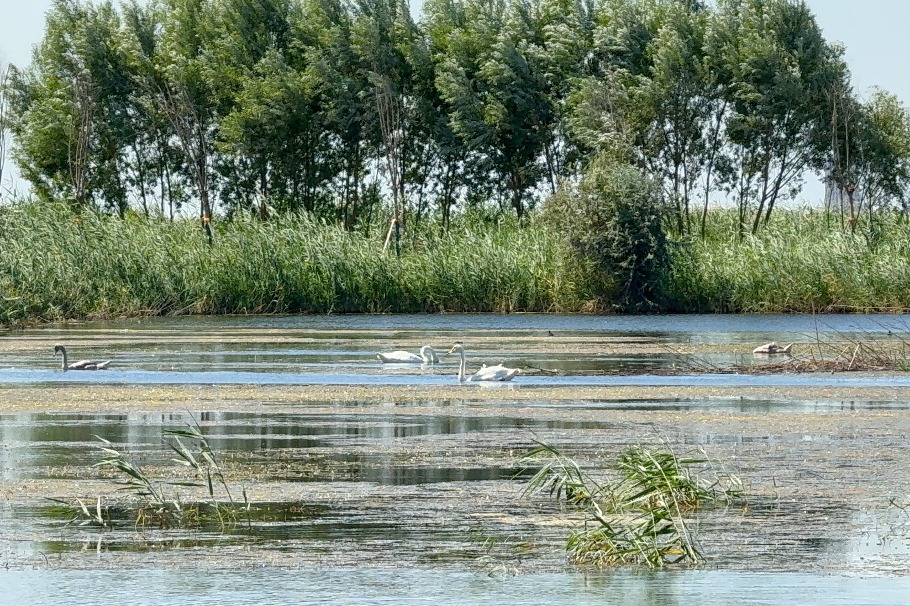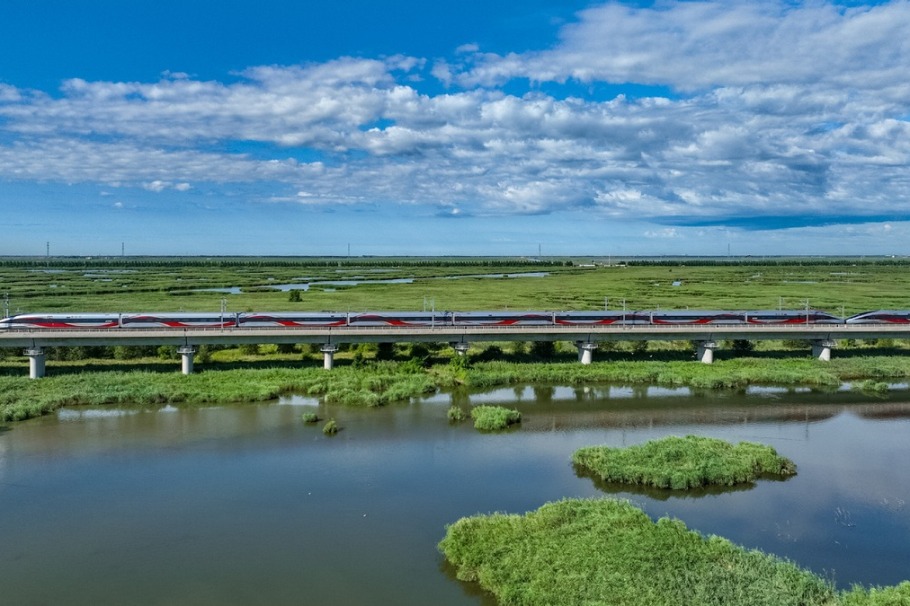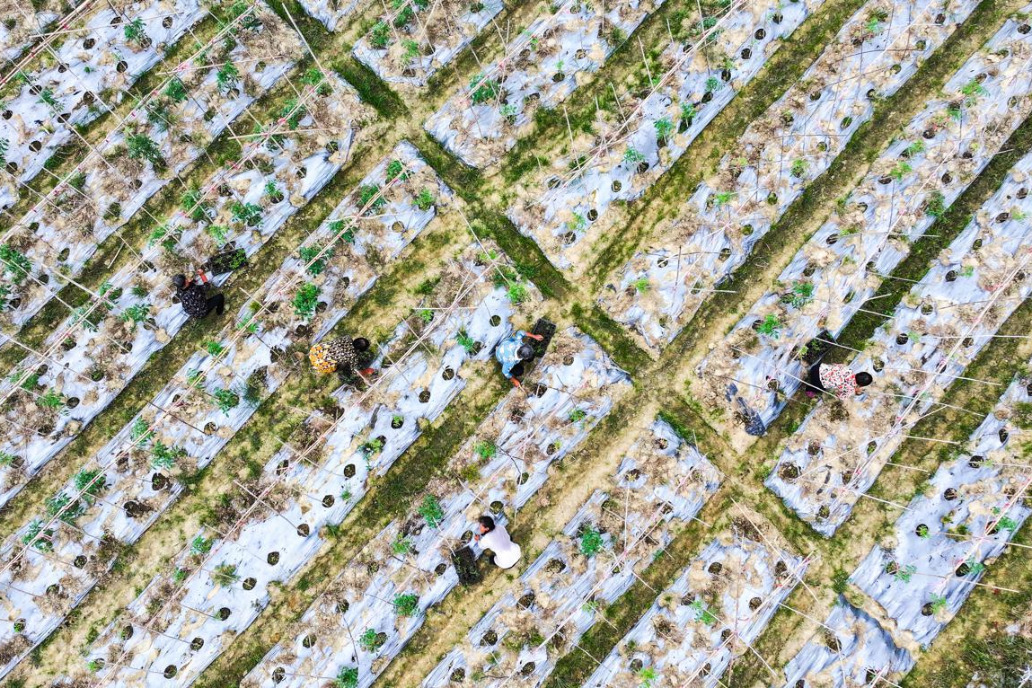Ministry emphasizes balance between farmers' interests and rural revitalization

Efforts should be made to maintain the scale of arable land nationwide while balancing the interests of farmers and the development of rural industries, China's Ministry of Natural Resources said on Friday, ahead of the annual National Land Day of China, which will fall on Wednesday this year.
Farmland is crucial for ensuring food security. To feed its 1.4 billion people, China has established a red line of 18 billion mu (about 1.2 billion hectares) for farmland, which must be used solely for agricultural production, not for construction or other non-agricultural purposes.
At a news conference held on Friday, the ministry emphasized that this farmland red line must be strictly adhered to without any breaches, and high-quality farmland should primarily be used for grain production.
In some regions, farmland has been used for planting trees, fruits, and tea, significantly contributing to poverty alleviation and rural revitalization. A hasty conversion of these lands back to farmland could result in the loss of income-generating industries and even a risk of returning to poverty.
In response, the Ministry of Natural Resources is guiding local authorities to set reasonable transition periods for these lands based on their actual conditions and has devised a phased approach of "identifying, restoring, and swapping" to gradually and orderly restore or replace farmland, said He Yong, director of the ministry's department of farmland protection and supervision.
Identifying means accurately recognizing and strictly protecting land that meets the criteria for arable land, especially if it has a good cultivation layer, while the restoring phase involves gradually bringing back into production large contiguous areas that have good irrigation conditions and are easy to restore, taking into account farmers' preferences, industry development, and crop growth cycles.
Swapping involves systematically removing land that is unsuitable for restoration from the protected arable land category and replacing it with plots that are better suited for protection as farmland, He explained.
Zhao Pan, an official from the Dezhou natural resources bureau in Shandong province, said that the transition policy for farmland has exerted a positive influence on their work.
"It makes the categorization of land clearer, which helps effectively safeguard the interests of the locals and reduce the workload at the grassroots level. Besides, gradually restoring farmland aligns with natural laws and helps maintain a dynamic balance in the total amount of farmland," Zhao said.
Furthermore, replacing land that is not suitable for grain production helps optimize farmland layout and its overall quality and utilization efficiency.
For example, in certain towns of Xiajin county in Dezhou, where severe desertification and low grain yields make the land unsuitable for traditional farming, the area has been transformed into a specialty mulberry planting region. This region has even been awarded a national agricultural product geographical indication, a label given to high-quality local agricultural products, Zhao said.
Additionally, by consolidating scattered plots into contiguous fields, it addresses the issue of fragmented farmland and facilitates mechanized farming and large-scale operations, reducing production costs and enhancing grain production capacity, Zhao added.
To further optimize the layout of permanent basic farmland, the Ministry of Natural Resources, in collaboration with the Ministry of Agriculture and Rural Affairs, is working on drafting a document on the management and protection of the red line permanent basic farmland.
The aim is to concentrate permanent basic farmland into contiguous areas and gradually increase the proportion of high-quality farmland while strictly adhering to the farmland protection red line, according to the ministry.






































